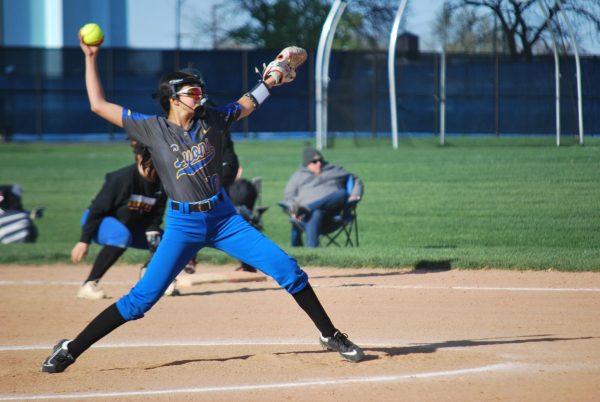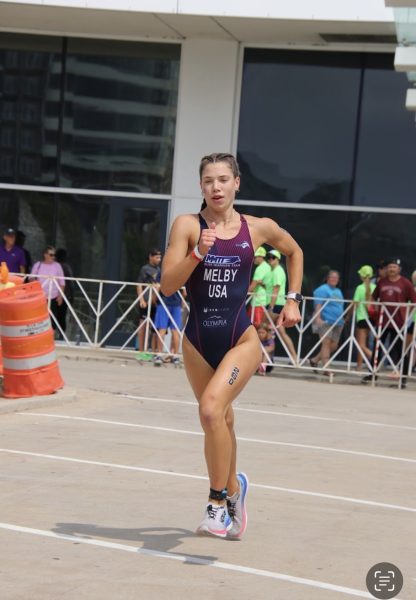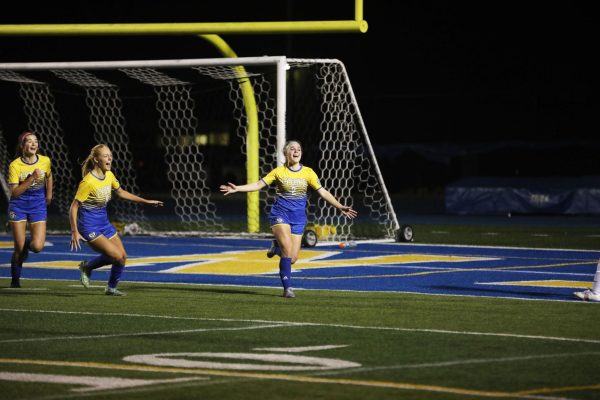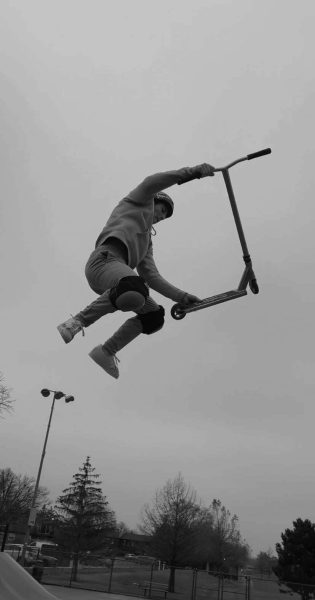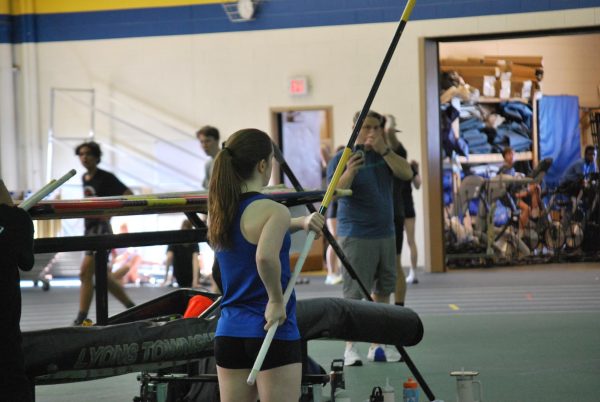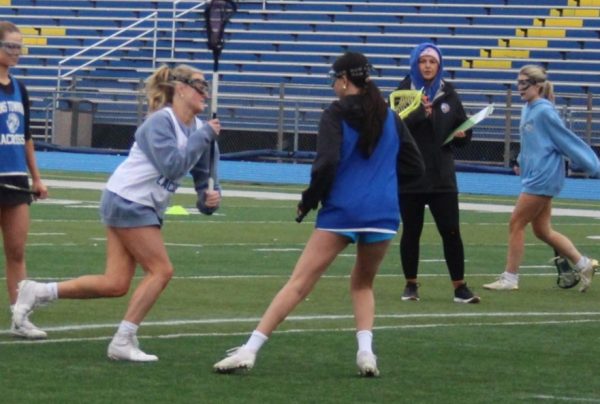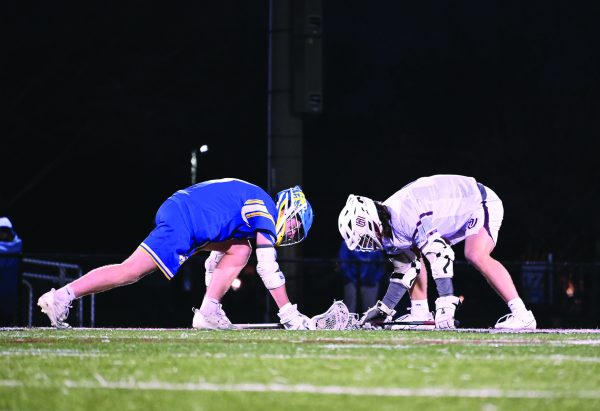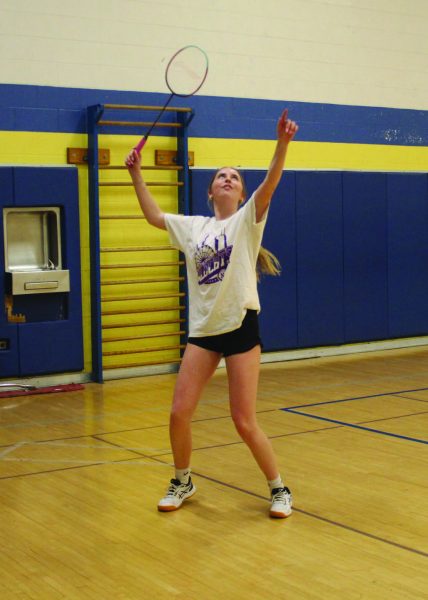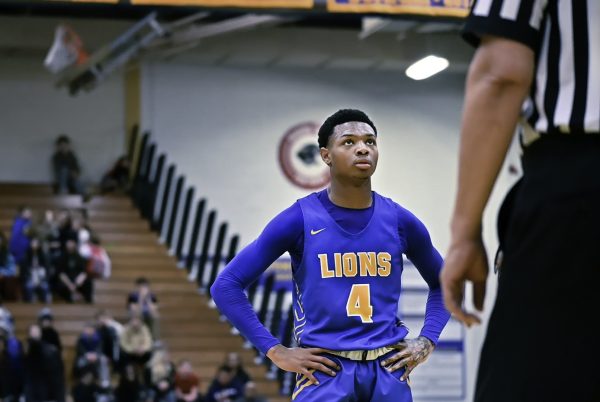Next-Level NBA
February 29, 2016
This year in the NBA, there have been over 300 instances of intentional fouls targeted at poor free-throw shooters, a strategy known as “Hack-a-Shaq”. This was all before the All-Star break, which occurred in mid-February. Last year, there were only 164 of these fouls over the span of the entire year. This dramatic increase has naturally garnered much debate. Before we seek to answer this question, however, we must first delve into a little history on the rule.
“Hack-a-Shaq” was a strategy implemented by Don Nelson in the ‘90s. Nelson, head coach of the Dallas Mavericks at the time, devised this tactic of intentionally fouling the worst free-throw shooter on the floor, specifically to send Dennis Rodman of the Chicago Bulls to the free-throw line as much as possible. Because of Rodman’s horrendous free-throw shooting ability, this often resulted in a one or zero point gain for the Bulls. Since then, other coaches have used the strategy to send various other notably poor free-throw shooters to the line (most notably, Shaquille “Shaq” O’Neal, who shot a career 53 percent from the free throw line and was responsible for the modern-day naming of the strategy).
So why has this strategy experienced such a resurgence in popularity this year? Perhaps it’s the overwhelming abundance of awful free-throw shooters who start for NBA teams. This year, 69 percent of intentional fouls committed in the NBA have been on the same three players: DeAndre Jordan of the Los Angeles Clippers (42 percent career FT%), Andre Drummond of the Detroit Pistons (38 percent career FT%) and Dwight Howard of the Houston Rockets (57 percent career FT%). Pardon me, Mr. Drummond, but 38 percent? I could probably make 38 out of 100 free throws, and the only sports I still do are frisbee and sailing.
In a recent interview with NBA Commissioner Adam Silver by USA Today, Silver said that this strategy is “just not the way we want to see the game played,” and that he is very interested in a rule change for next season. What this rule change exactly is remains to be seen, although various blogs around the league predict it could involve teams being penalized for intentionally fouling outside of the last two minutes of the game. Silver also addressed fan discontent on the rule, which centers around people complaining about not paying to see people miss free throws the whole night.
While I understand Silver’s perspective in wanting to change the rule and keep the fans happy, I don’t think eliminating Hack-a-Shaq is the way to do it. When it’s all said and done, guys have got to make their free throws. If you’re in the NBA, getting paid millions of dollars a year, the least you can do is take a summer and work on your free throws. That’s exactly what Los Angeles Clippers forward Blake Griffin did. In the 2011-2012 season, Griffin shot a measly 52 percent from the free throw line. The very next year that percentage rose to 66 percent, and since then is up to 73 percent from the line.
In addition, attacking someone’s ability to make free throws is as simple and harmless as attacking the weakest part of their game. According to Sports Illustrated, Cleveland Cavaliers forward LeBron James said, “At the end of the day, it’s a strategy of the game and whatever it takes to win”. It’s no different than forcing someone who’s bad at shooting outside shots to stay out of the paint. When it comes down to it, you attack your opponent’s weaknesses. That’s what every sport does; that’s how you win. If players like Jordan, Drummond and Howard care that much about helping their team win, then they’ll take some time and learn how to make a free throw.
As difficult as it might be for some fans to watch, this problem of horrendous free throw shooting should eventually correct itself, as all things do. As teams start to foul bad shooters more and more, these shooters will cost their respective teams more and more points. At some point, the coaches will either bench them or force them to learn how to make a free throw. And based on each of these players’ ability to make an impact elsewhere on the court, my guess is it will be the latter.

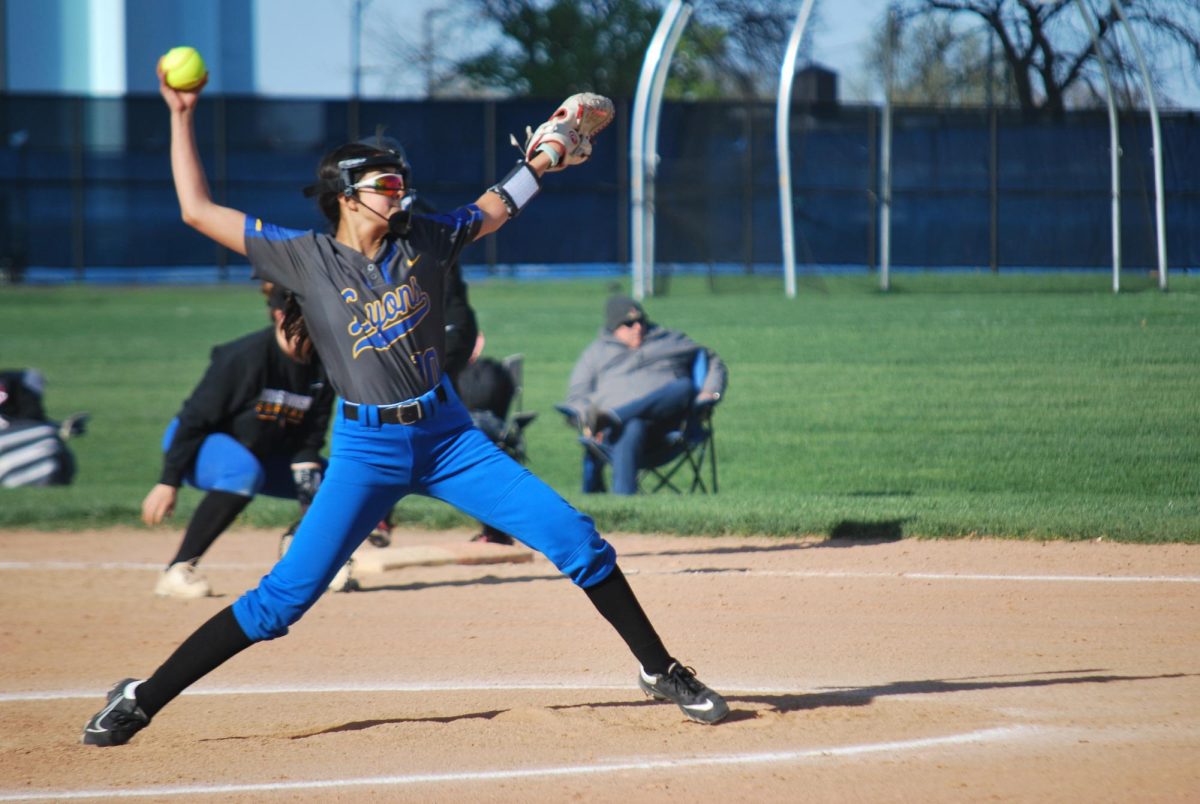
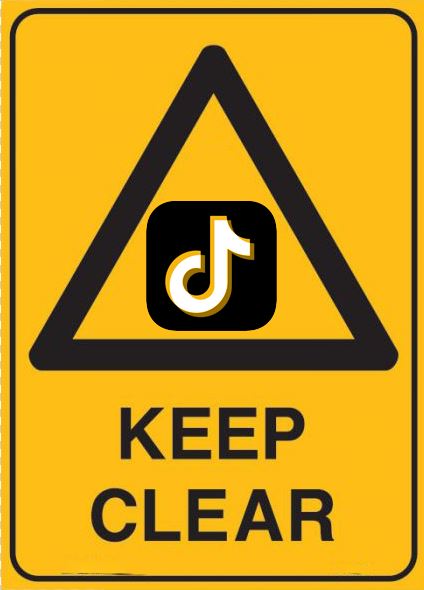


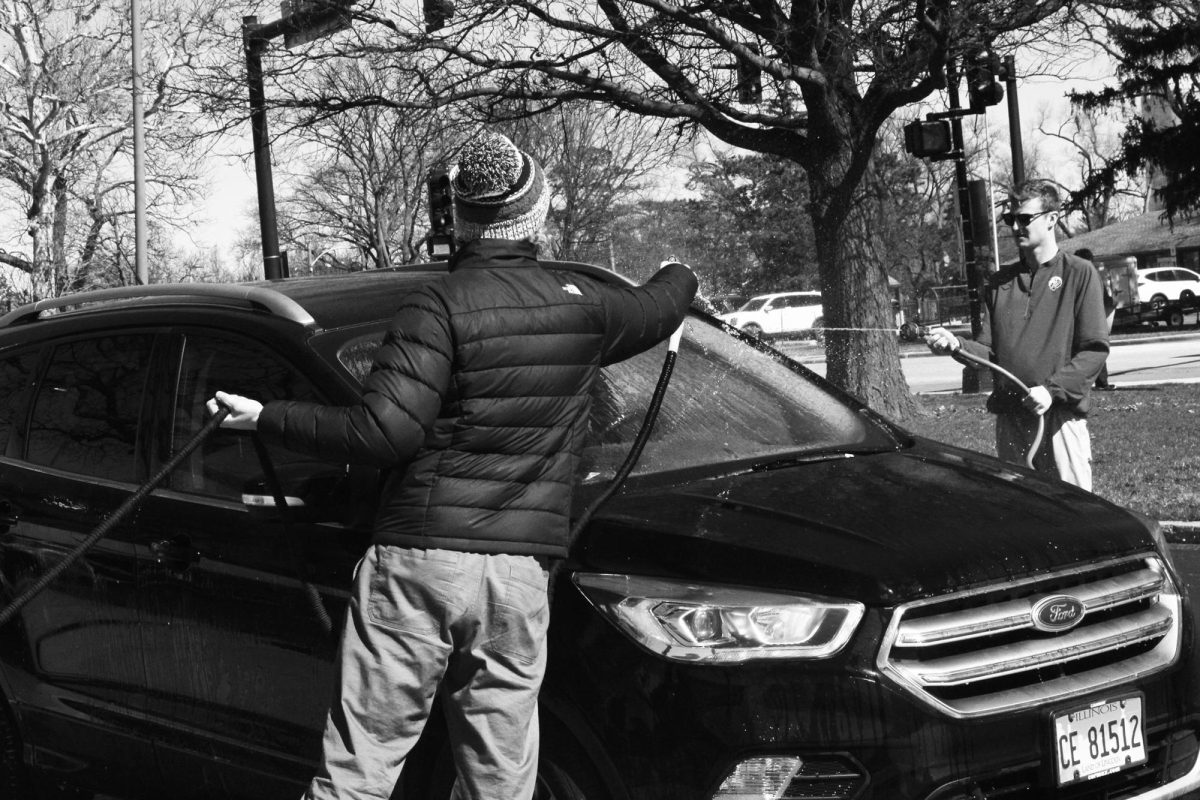
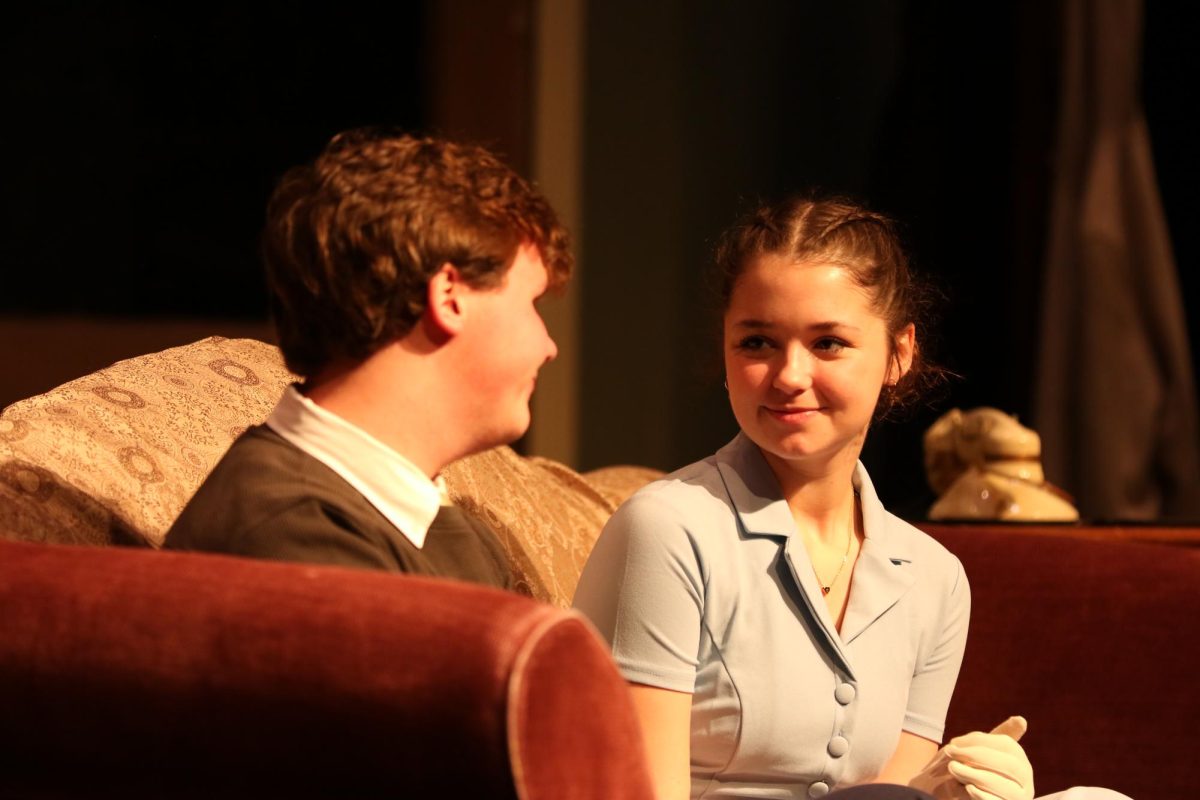
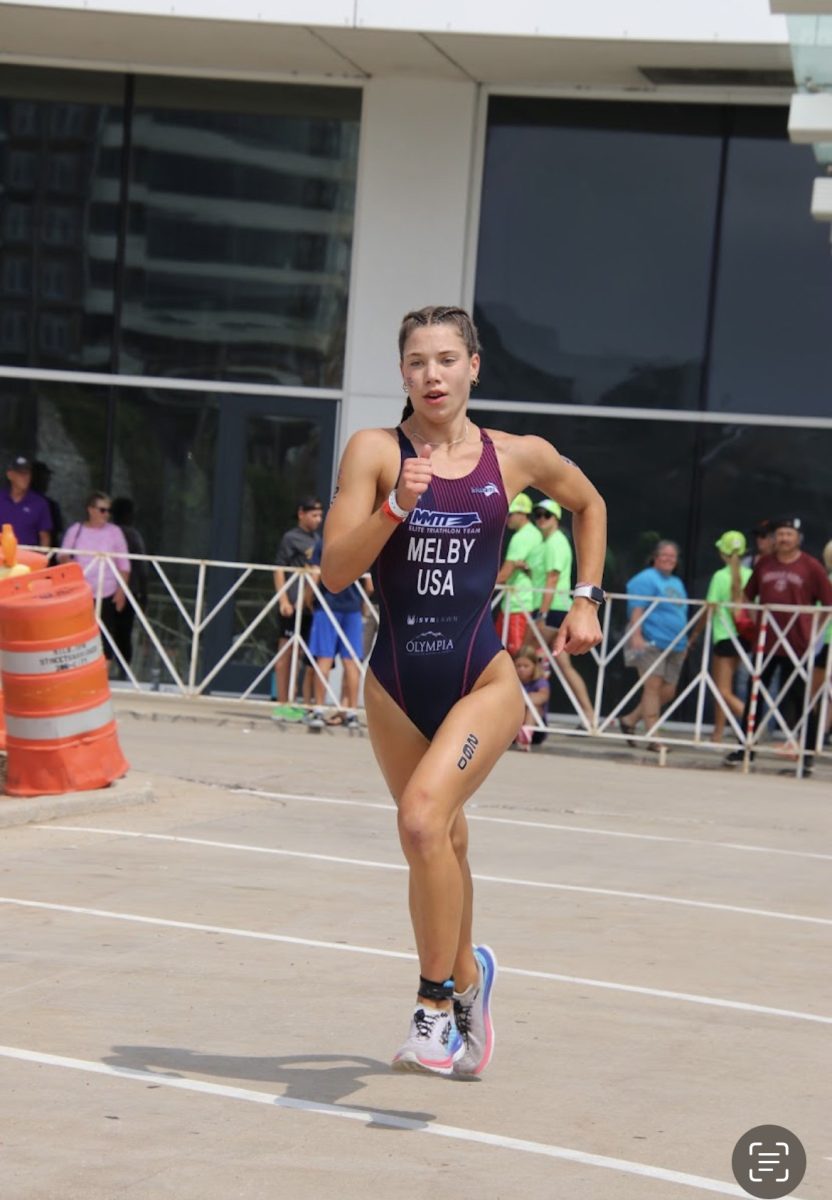
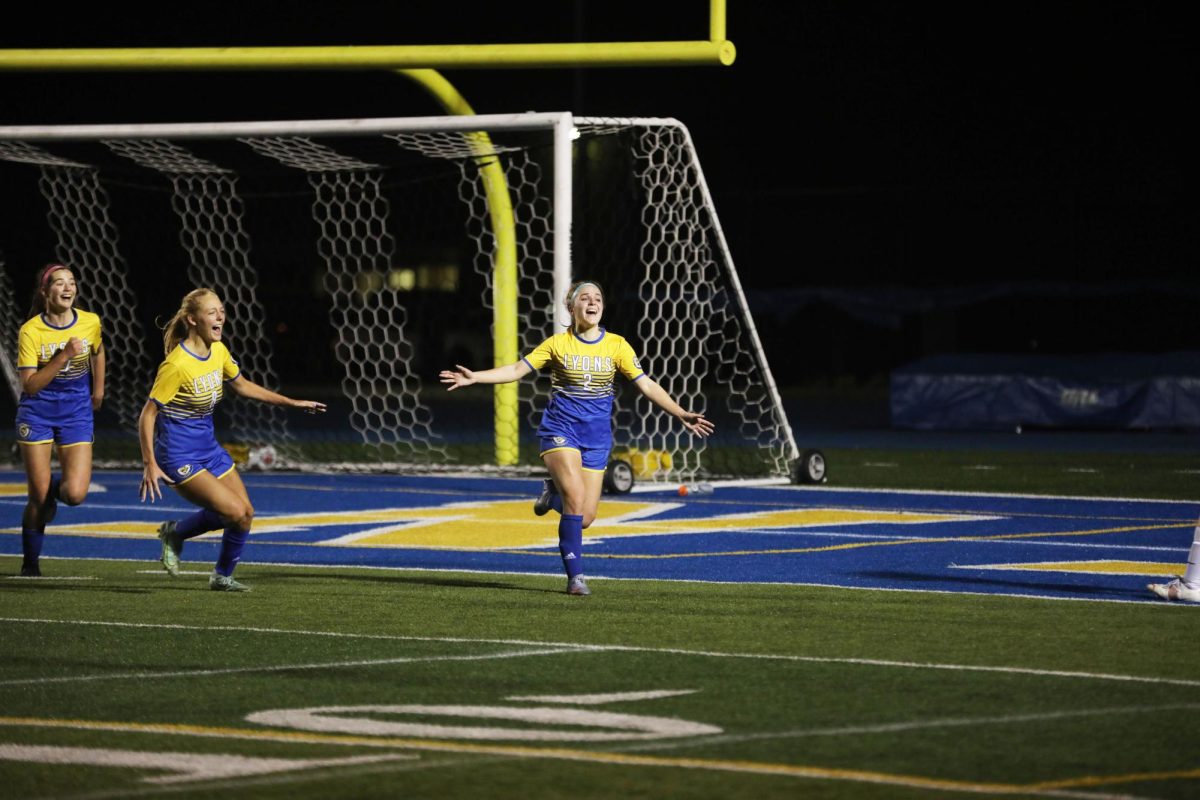
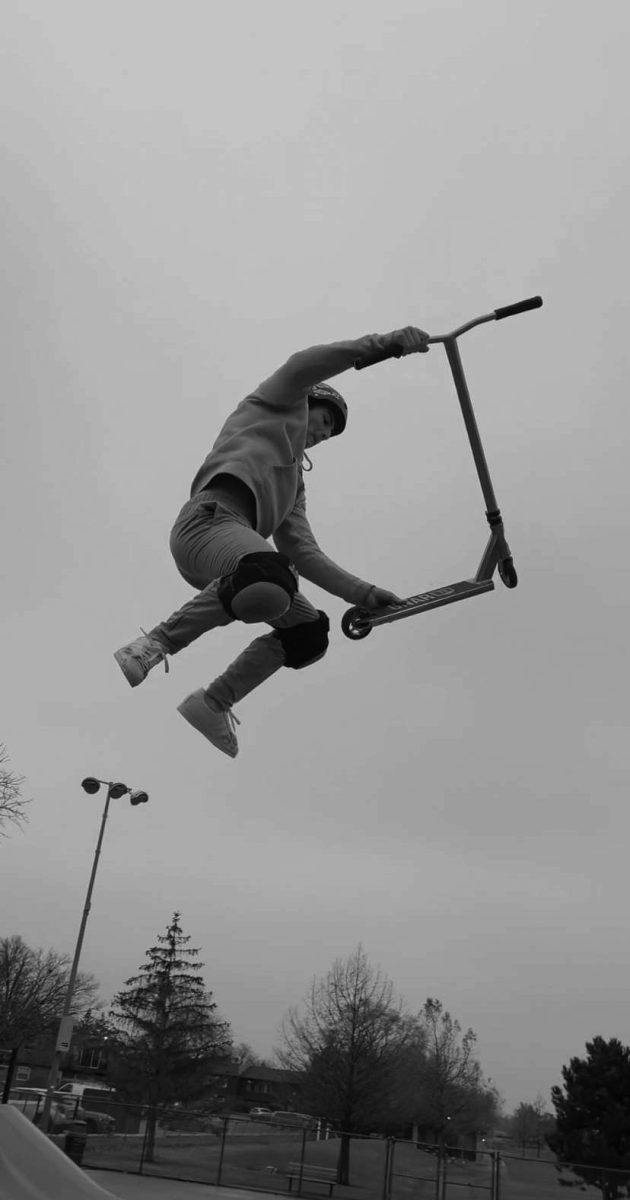
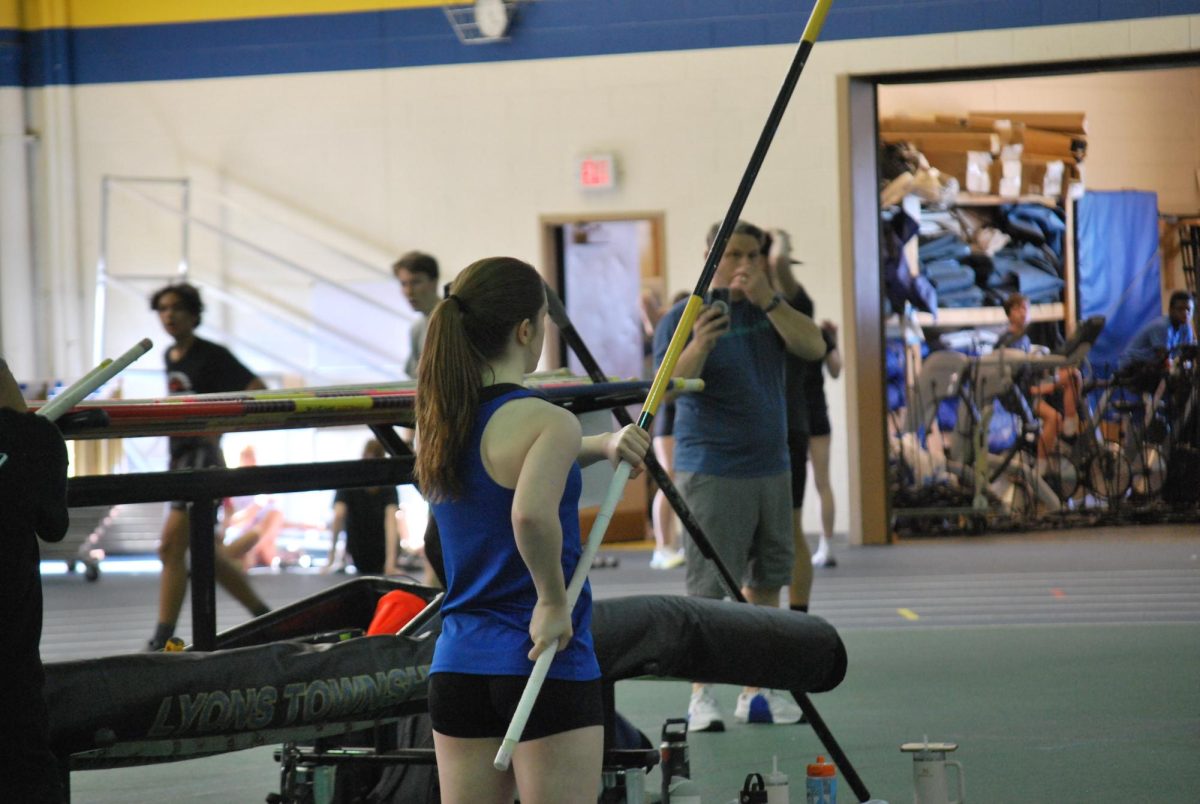

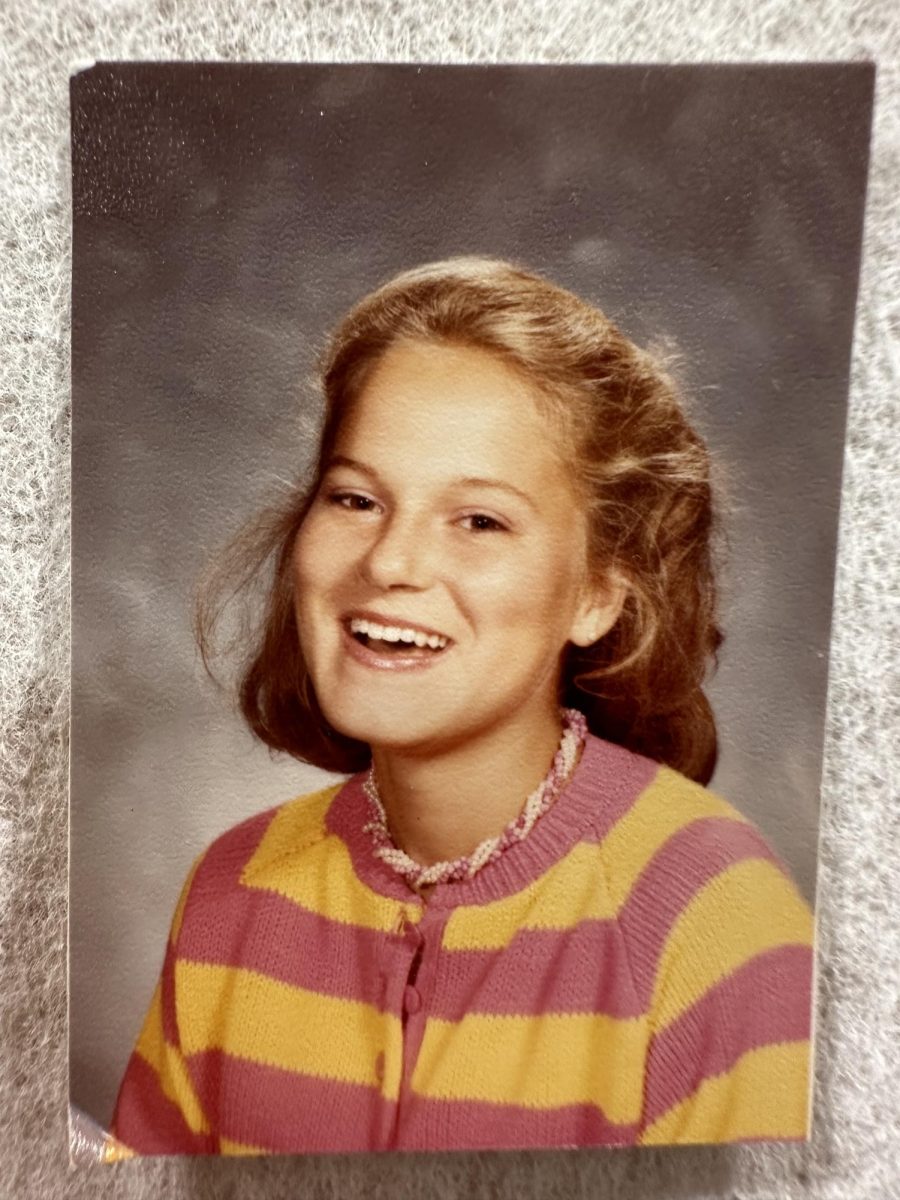
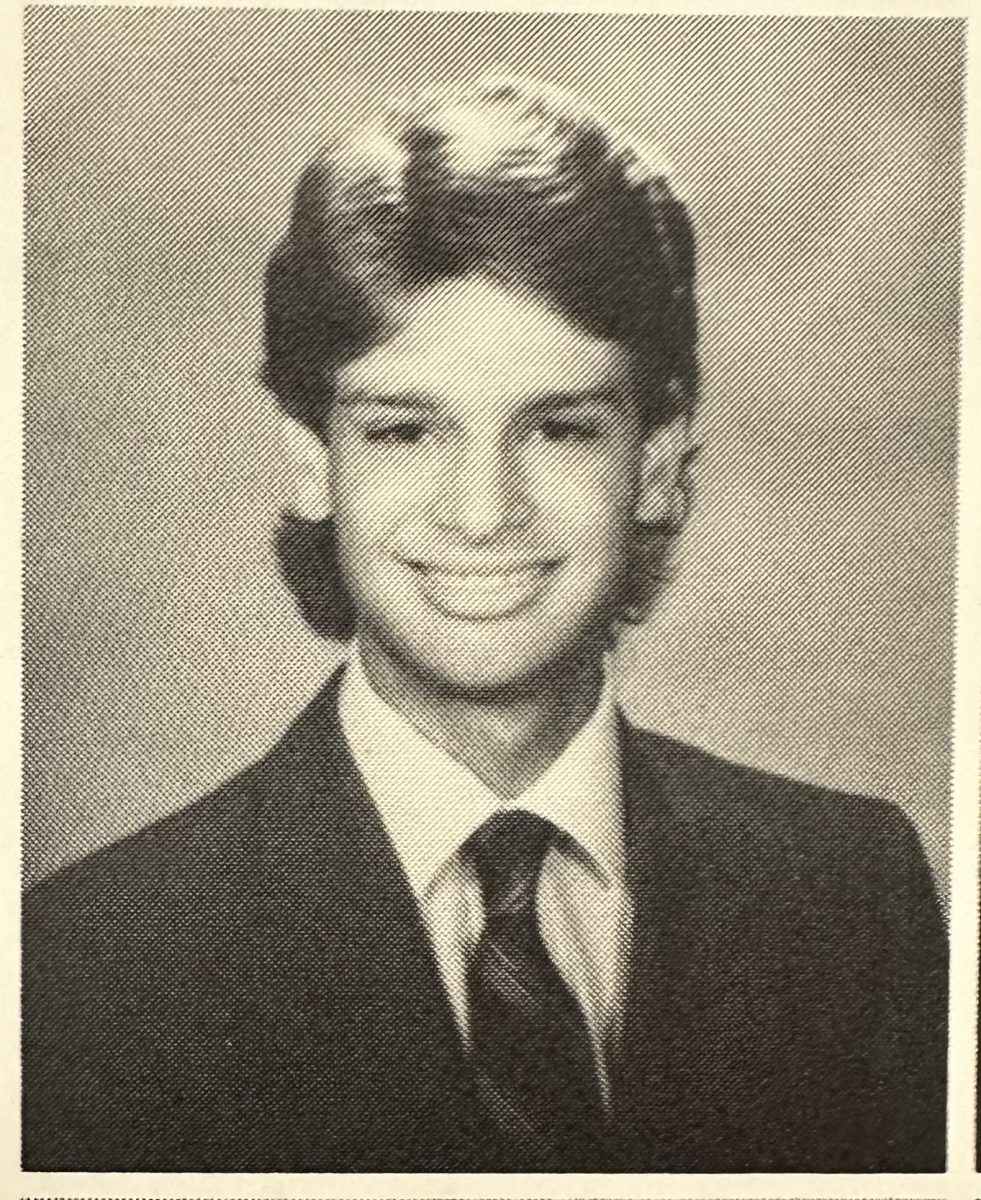




![Movie poster for [Rec] (2007).](https://www.lionnewspaper.com/wp-content/uploads/2023/04/rec-640x900.jpg)

